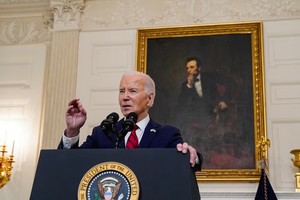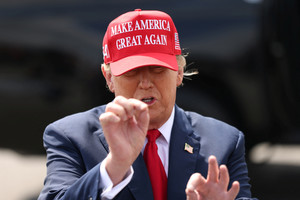Here's Where Democrats and Republicans Agree on Workers Rights

“Labor Day is an annual celebration of the social and economic achievements of American workers.” according to the U.S. Department of Labor. The first Labor Day began in 1882, when New York’s Central Labor Union marched in protest of unsafe working conditions. Another goal of their march was to honor the benefits they were given from the union. Approximately 10,000 workers marched from City Hall to 42nd Street in New York City, according to Parade.The idea of Labor Day spread across the nation before becoming a federal holiday under Grover Cleveland.
Related: Perspectives on What Labor Day Means
While unions are generally seen as a Democratic interest, celebrating the contributions of workers has broad bipartisan appeal. And there are plenty of aspects of worker’s rights and well-being that gain approval from people across the political spectrum.
Here are a few examples of data and stories to support that:
See more examples of common ground on issues where you might not expect to find it:
Clare Ashcraft is the Bridging & Bias Assistant at AllSides. She has a Center bias.
This piece was reviewed and edited by Henry A. Brechter, Managing Editor (Center bias) and Andrew Weinzierl, Research Manager and Data Journalist (Lean Left).

May 1st, 2024

May 1st, 2024

April 29th, 2024

April 29th, 2024